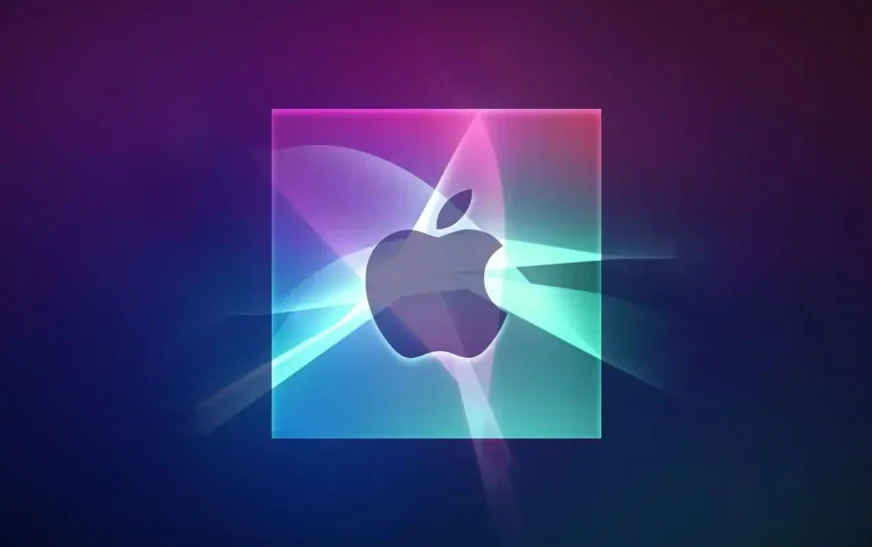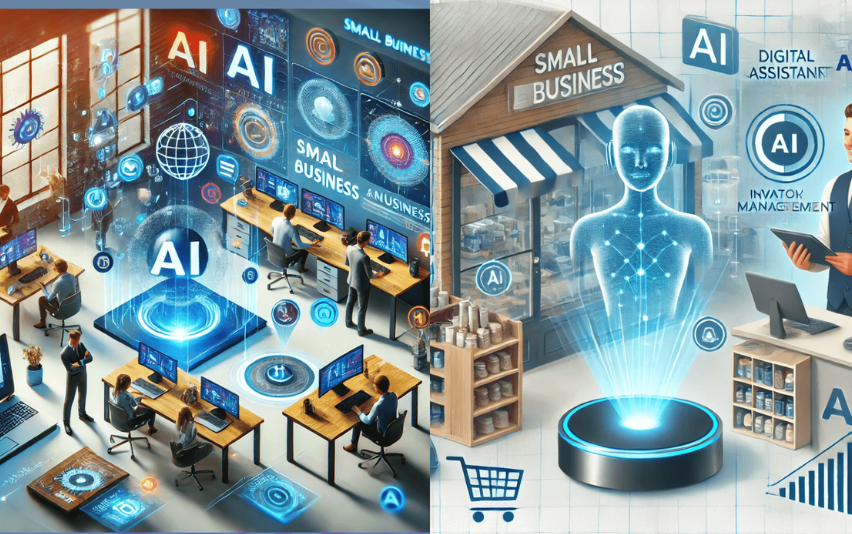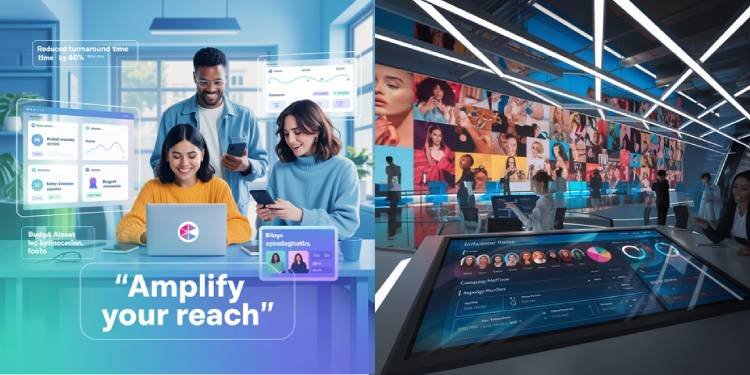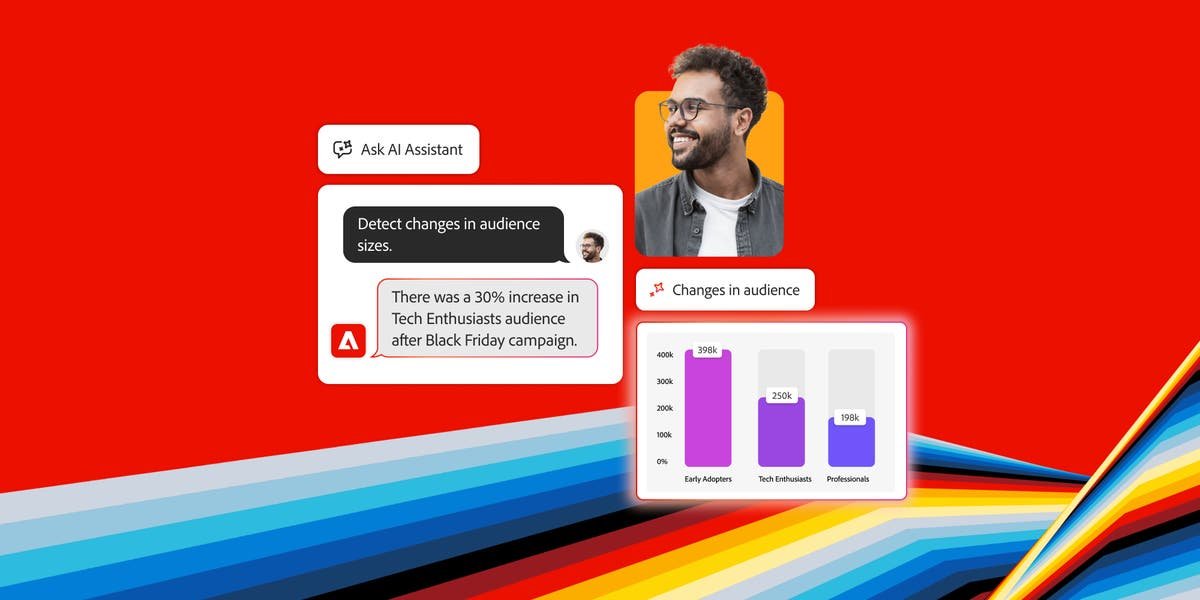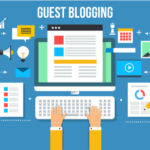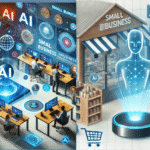Apple recently made waves with the unveiling of its new generative AI capabilities, aiming to compete with giants like OpenAI, Google, and Meta. However, recent benchmark results show a significant limitation—Apple’s generative AI underperforms in complex reasoning tests, exposing critical gaps in logic, analytical skills, and contextual understanding.
While Apple continues to excel in hardware and privacy-first software experiences, the recent findings suggest its AI may not be ready to handle advanced problem-solving tasks. This blog dives deep into the issue, exploring how Apple’s AI compares to industry leaders, what these benchmark tests reveal, and what this means for the future of generative AI technology.
Apple’s Generative AI: A Quick Overview
Apple has been relatively quiet in the generative AI space until 2024, when it began embedding AI features across iOS, macOS, and Siri. With promises of on-device AI, privacy-centric language models, and deep Apple ecosystem integration, the tech giant hoped to redefine AI usage.
Apple’s generative AI includes features like:
- Summarization of texts and documents
- Email and message composition
- Context-aware smart replies
- AI image generation and enhancement
- Siri upgrades using natural language processing
However, Apple’s AI models reportedly rely more on efficiency and on-device machine learning, rather than large, cloud-based transformer models used by OpenAI’s ChatGPT or Google’s Gemini.
The Benchmark Breakdown: Where Apple Fails
Recent industry benchmarking by AI evaluation platforms like Chatbot Arena, Open LLM Leaderboard, and ARC (AI Reasoning Challenge) revealed that Apple’s generative AI underperforms in complex reasoning scenarios. These tests simulate tasks that require:
- Multi-step problem-solving
- Logical reasoning
- Abstract thinking
- Code generation and debugging
- Contextual comprehension over long-form content
Key Areas of Weakness:
- Mathematical Reasoning: Apple’s model struggled with basic algebra, logic puzzles, and step-by-step computations.
- Chain-of-Thought Prompts: Unlike ChatGPT and Claude, Apple’s AI couldn’t maintain consistent logic across multi-step problems.
- Code Understanding and Generation: Benchmarks revealed that Apple’s AI failed to execute or fix basic Python code snippets.
- General Knowledge Inference: Apple’s model performed poorly on tests requiring real-world contextual understanding, such as historical cause-effect or scientific reasoning.
How It Compares to OpenAI, Google, and Anthropic
When comparing generative AI models in complex reasoning, Apple lags significantly:
| Company | Model | Complex Reasoning Score (out of 100) |
|---|---|---|
| OpenAI | GPT-4-turbo | 93 |
| Anthropic | Claude 3 Opus | 91 |
| Gemini 1.5 Pro | 88 | |
| Meta | LLaMA 3 | 84 |
| Apple | [Unnamed] | 59 |
While Apple’s AI excels in speed, privacy, and real-time device processing, it lacks the depth of reasoning that is critical for enterprise applications, academic research, and high-level decision-making.
Why Does Apple’s Generative AI Struggle?
Several factors contribute to Apple’s underperformance in complex reasoning benchmarks:
1. On-Device Model Limitations
Apple prioritizes on-device AI for privacy. While this reduces latency and enhances user security, it limits the size and complexity of models compared to cloud-based AI giants.
2. Model Training Constraints
Apple has reportedly not trained its models on the same scale or with as diverse datasets as competitors. OpenAI and Google have access to enormous multi-modal datasets, allowing better context understanding and multi-step reasoning.
3. Strategic Focus
Apple’s AI strategy is deeply integrated into enhancing user experience—auto-correct, dictation, personalization—not leading in foundational model intelligence.
4. Lack of Open Model Benchmarking
Until recently, Apple hadn’t submitted its models to public AI leaderboards, which also indicates limited transparency and collaborative improvement from the developer community.
Implications for Developers and Users
For Developers
Apple’s generative AI may not yet be suitable for high-stakes applications like:
- AI tutoring or educational tools
- Automated coding assistants
- Legal or medical document analysis
- Complex chatbot development
If you’re a developer, it may be wiser to integrate GPT-4, Claude 3, or Gemini into your app workflows unless your primary requirement is speed, battery efficiency, or privacy.
For Consumers
Apple’s AI works great for everyday tasks—smart replies, summarizing Safari articles, or transcribing notes. But don’t expect it to help you debug a JavaScript error or solve logic-heavy puzzles.
What This Means for the AI Industry
Apple’s underperformance doesn’t signal failure—it shows how AI specialization is becoming the next frontier. Not every AI model needs to be everything. Apple is carving its niche with privacy-first, fast, efficient models, while others like OpenAI are pushing the envelope on AGI-level reasoning.
This ecosystem approach may lead to:
- Users having access to multiple AI engines (as Apple now partners with OpenAI and Google to integrate ChatGPT and Gemini into iOS 18)
- Developers mixing and matching models for specific use-cases
- Companies optimizing between model intelligence vs resource efficiency
Apple’s Response and the Road Ahead
According to insiders, Apple is already working on new generative AI iterations. With its acquisition of DarwinAI, the company plans to enhance model compression and training efficiency. iOS 18 and macOS Sequoia updates also include AI enhancements, partly powered by ChatGPT APIs in collaboration with OpenAI.
Upcoming AI Features Apple is Testing:
- AI-powered Siri with deeper contextual memory
- Image generation using Apple Pencil
- Smart summarization in Safari and Mail
- Third-party AI engine support (ChatGPT, Gemini)
Apple may be betting on a hybrid future—running lightweight AI models locally and leveraging cloud-based models like GPT-4 when needed.
Final Thoughts: Is Apple Too Late to the AI Race?
While Apple’s generative AI currently crumbles under complex reasoning, it’s far from out of the race. The tech giant’s strength lies in its hardware-software synergy, privacy stance, and user loyalty.
As Apple opens its doors to third-party AI integrations, it’s clear the company knows its limitations—and is smart enough to build partnerships to fill those gaps.
In the evolving AI ecosystem, Apple doesn’t have to be the smartest model—just the most seamless one.

